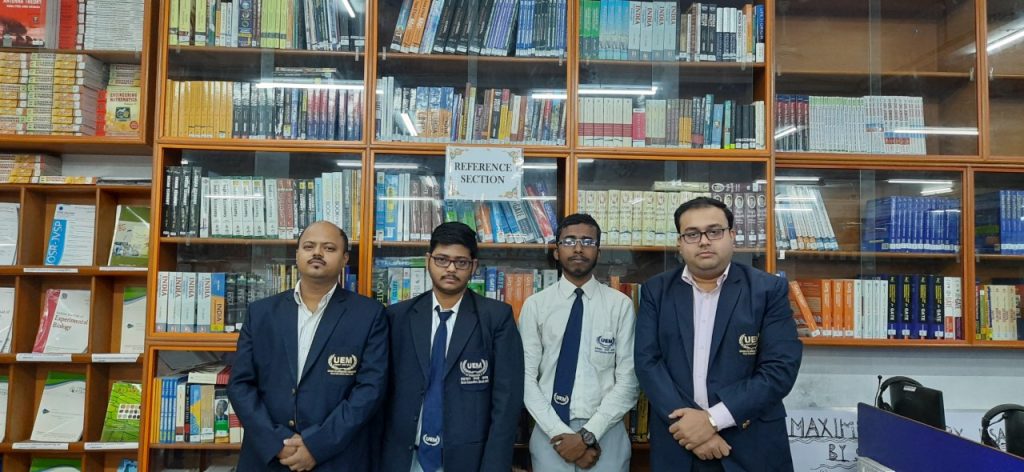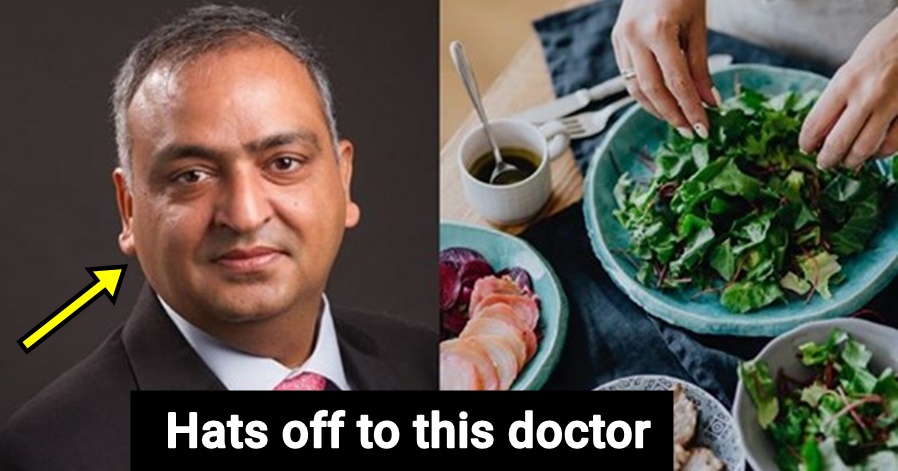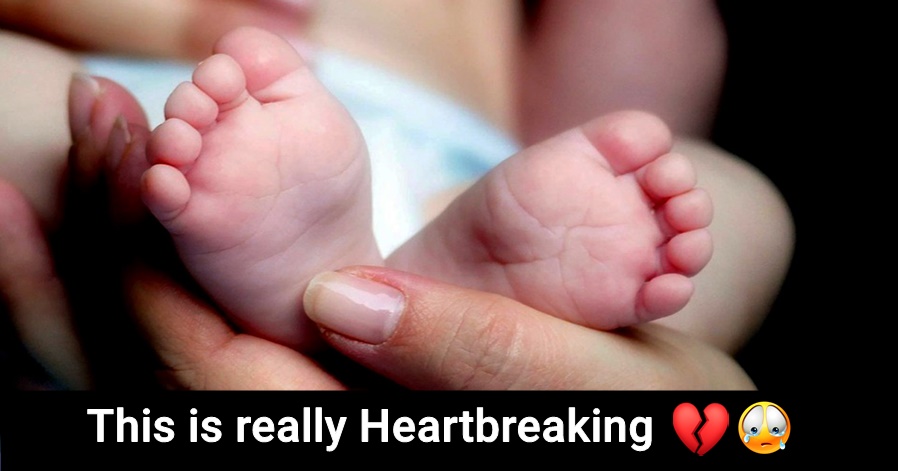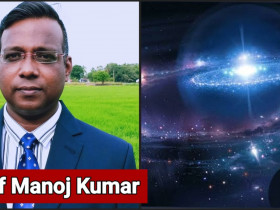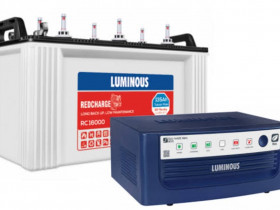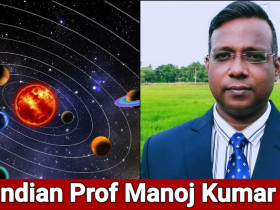No products in the cart.
Kolkata scientists discover a unique method to detect Cancer, can save millions in early stages
One of the most dangerous and fatal diseases known to mankind is Cancer. Nowadays, it is becoming more widespread as carcinogenic pollutants have infiltrated the food chain, air and water. It begins with a mutation of a cell, which rapidly grows in a huge number, and consequently a mass known as tumor, is formed by these cancerous cells. Even though more than 100 types of Cancers exist and not all of them cause death, people get scared of the term cancer itself. Amongst various types of cancer, Brain cancer is one of the most fatal.
However, Mr. Bratin Sarkar and Mr. Sourav Chandra: both Final Year Scholars of Computer Science, Dr. Pratik Talukder: Associate Professor in Biotechnology and Dr. Anirban Das: Professor – Computer Science and Engineering at the University of Engineering & Management Kolkata, have together developed a revolutionary and cost effective approach to diagnose Brain cancer. Together, they have successfully worked on a research project to predict the probability of a person getting cancer. They have filed a patent for the same as well.
As per Professor Anirban and his team’s research, the technique can be used for diagnosis of various kinds of cancers, though their project specifically deals with Glioblastoma Multiforme (GBM) also known as brain cancer, and is the most belligerent one. GBM is a glioma that grows rapidly from star-shaped glial cells (astrocytes & oligodendrocytes) which support the health of the brain’s nerve cells. The glial tumor also known as grade IV astrocytoma, affects nearby brain tissues as well and the cancer escalates.

Kolkata scientists can detect brain cancer
When asked about how it is going to change the status quo, when it comes to cancer diagnosis, Dr. Anirban and his team has a clear vision. According to their research, there is not enough information available to a layman, about brain cancer and its symptoms. Due to which, the affected people don’t get diagnosed in early stages. As a result, it becomes fatal for patients at later stages. Also, the existing technique of diagnosis for this cancer is quite expensive, and in some cases a patient needs to undergo a series of separate and costly tests. But their project will alert individuals, as they get to know exactly, their probability of having brain cancer.
Must Read: 21-year-old woman delivers baby in Kolkata, 3 men claim to be father
All this at a reasonable cost, as the only thing that a person needs to do is, to simply give a sample of their hair. The sample then goes through isolation and extraction. In isolation, DNA is isolated and extracted, and is placed on a spectroscopy for quantitative analysis, i.e. whether the sample has adequate amount of DNA. If it doesn’t, a few more hair shafts of the patient are taken. When quantity and quality is enough, the hair is kept in a heating chamber and Polymerase Chain Reaction (PCR) is carried out, to make several copies of a specific DNA segment.
Professor Anirban and his team further explains, that in PCR, certain chemicals are added at a controlled temperature and subsequently undergo heating. A product thus obtained, is sent to a ‘DNA Sequencer’, which gives the exact DNA sequence of the person. This sequence is then fed as input in a computer program developed by the team, which computes the accurate percentage of chances of a person having brain cancer. Having worked really hard on the project and tasting success, the team believes that it is going to change the thinking of people, and inform them about the various alternatives available for cancer diagnosis.
Must read: Six Nobel Prize Winners with Kolkata connection, check out full list
The team ideates that people will ultimately start considering and veering towards disease prediction and diagnostic tests like the one they have worked upon, as its credibility gets established over a period of public usage. If people know the chances of them having cancer, the chances of progression will also become lower, as they would be able to avail treatment at the early stage itself. This is going to lower deaths due to cancer in India and across the world. We at The Youth, thank Dr. Anirban, Dr. Pratik, Mr. Bratin and Mr. Sourav for the discovery and the huge impact that it’s going to have on humanity and society in the foreseeable future.





